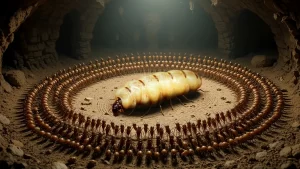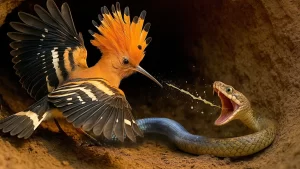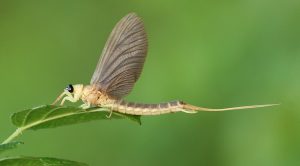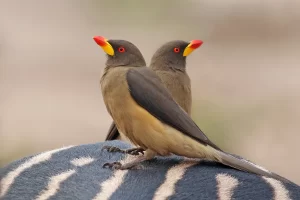The Central American paper wasp (Apoica pallens) is a species of paper wasp primarily found in South America. This particular wasp species exhibits an extremely unique and unconventional nesting behavior compared to other common wasp species. Moreover, they have developed night vision, which has greatly aided them in foraging for food during nighttime.
See more
Contents
Description
Adult Central American paper wasps have body lengths ranging from 1.8 to 3.5 cm. In contrast to social insects that live in large colonies, the queen of this species has a smaller body size compared to worker wasps towards the front and significantly enlarges towards the rear. The queen also has a dark brown coloration.

Distribution and habitat
The Central American paper wasp population originates from lowland areas in Central and Northern South America. Generally, this species is found in savannas, tropical dry forests, gallery forests, and swampy areas. Apoica is one of the prominent genera of the New World tropics and they are quite diverse.
What do Central American paper wasps eat?
Central American paper wasps primarily feed on nectar, which they bring back to the nest to feed the larvae and queen. Most of the food brought back by worker wasps is allocated to a small group tasked with distributing the food to nourish both the larvae and other bees. Besides consuming nectar, Apoica wasps also have the ability to feed on flesh from both vertebrate and invertebrate animals.
Central American Paper Wasp hives
The hive of Central american paper wasp is extremely unique, typically hexagonal in shape and developed by curving downward. On the exterior, worker bees attach themselves in a predetermined position and direction, forming an incredibly peculiar structure.
The nesting areas of Central american paper wasp, formed through colony migrations, typically consist of a swarm, at least one queen, and numerous worker bees.
When a new hive location is identified, the completion of the hive is divided into three stages. In the initial stage, before emergence, no adult bees are reproducing; only eggs and larvae are present. In the second stage, female worker bees are allowed to lay eggs.

During the day, adult bees remain dormant, with no visible movement. (The only exception being when their hive is disturbed and the swarm is forced to defend it.) In this inactive state, individuals within the colony cling beneath the surface of the hive in a strategic position.
In the evening, they suddenly depart from the hive in large numbers. The frequency of departures seems to be influenced by environmental factors such as clouds or rain. Additionally, the foraging activity of the bees corresponds to the moonlight, as the frequency of food search increases significantly during the full moon.
This indicates that the presence of light is a crucial determining factor for nocturnal activities.
How the Central American Paper Wasp Maintains Stable Nest Temperatures
The nests of Central American paper wasps are specially regulated for temperature control. This is achieved by coating the top of the nest with secretions from the mouth and attaching plant fibers to the nest roof. The central portion of the roof is made particularly thick, a technique that helps the nest maintain an average temperature of 27.3°C.
During larger temperature fluctuations, the generation of heat through metabolic processes from individuals within the nest seems to be the key to stabilizing the nest temperature.
Worker bees control the reproduction of the queen bee.
While some other bee species choose their queens based on size, the selection of queens in Apoica bees is predetermined based on physical characteristics. The queens are females with developed ovaries containing two or three mature ova.

In Central American paper wasp nests, worker bees seem to also have the task of controlling the reproductive behavior of the queen bee. Worker bees regulate the reproductive level of the queen bee by biting her. In large nests with multiple queen bees, worker bees have even been observed to remove queens from the nest. These conflicts indicate that worker bees control the reproductive output of the nest.
Reference Documents












